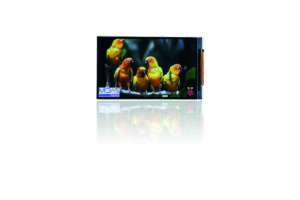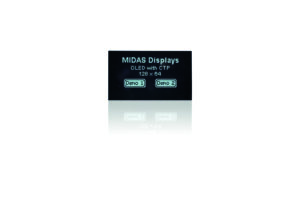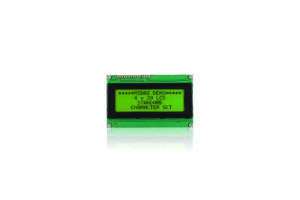
There are many types of display technology, so what should buyers consider to select the correct display for a specific application?
Application value
If an application features a high-end price point, consider a quality display to match the design. For example, a TFT display with IPS technology (high quality all-round viewing angles) and high brightness, will ensure the product looks visually impressive.
Type of information
A simple character LCD or OLED may be appropriate for displaying a basic level of information, such as a security panel simply stating ‘armed’. However, a promotional application deserves an eye-catching display, such as a TFT offering full colour, graphic, image or video.
Environment
For outdoor applications, consider how the display will perform in direct sunlight. Reflective displays work well in this situation and modules can be enhanced to cope with such environments. Also, extreme temperatures can cause displays to experience failure or issues. Some technologies can cope better in harsh, cold or hot temperatures.

Enhancement
If an end product requires user interaction, consider touch screen technology. TFT suits touch screen applications, with some OLEDs also capable. Displays can also be enhanced by adding cover glass which can improve durability and sunlight readability.
Budget
Display technology costs vary. Monochrome LCDs suit low-cost applications displaying basic character or graphic information. TFTs are the most expensive option, however, this depends on specification. Smaller, less technical TFTs have become more economical as technology developed.
The following breaks down the four main display technologies.
Monochrome LCD: The oldest technology but still a valuable option. Easy to interface, with simple character and graphic options available. Mostly used in low-cost applications, such as fire and security panels.

TFT LCD: This technology is improving all the time. These displays cover a range of markets and are generally considered ‘premium’. High bright displays, IPS all-round viewing angles, touch screen technology and high-definition resolutions are key features.
OLED: Often described as a much-improved LCD, although a completely different technology. Offers brighter text/graphics on a true black background and viewable from all angles.
E-Paper: A relatively new technology, ideal for ultra-low power applications. The bi-stable technology lets the display retain the image, even when power is disconnected. Most recognisable application is shelf-edge labelling.
